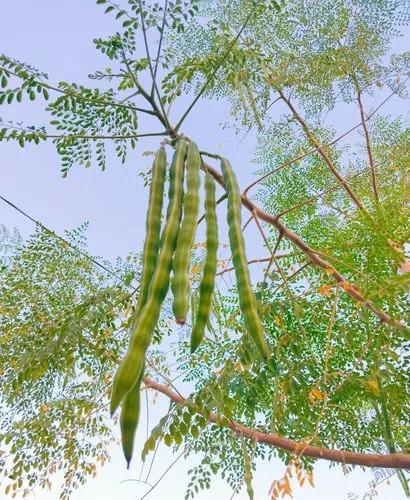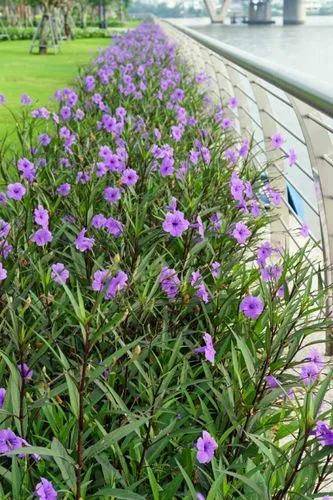Everblooming, award-winner Dicentra 'Luxuriant' (Fern-Leaf Bleeding Heart) is a compact herbaceous perennial adorned with a blue-green, finely divided foliage and arching sprays of nodding, heart-shaped, cerise-pink flowers. Blooming over a very long season extending from late spring to early fall, the flowers dangle gracefully above the lush foliage mound.
Fernleaf Bleeding Heart Care
Dicentra 'luxuriant'



How to Care for the Plant

Water

Requires consistently moist soil; do not let dry out between waterings.

Pruning

After the first killing frost, cut stems back to an inch or two above soil line.

Fertilizer

Fertilize monthly year-round with a half-strength liquid fertilizer. It's best to only repot when your plant is root-bound, and preferably in the spring. Repot in a rich, high quality soil, such as a potting soil amended with 25% compost.

Sunlight

Ferns require indirect sunlight.

Soil

Ferns prefer potting soil with good drainage and high organic content. A potting mix should have peat moss or sphagnum for moisture retention, sand or gravel for drainage, and sterilized bagged garden loam or potting soil.

Temperature

On the coldest end of the scale, hardy ferns can survive temperatures down to minus 50 degrees Fahrenheit.

Container

Use plastic pots, which don't dry out as quickly as clay pots. The latter are not recommended for many ferns indoors, unless you use the pot in pot method as described above. A clay pot surrounded by moss then the ceramic or plastic pot on the outside is probably ideal.

Additional

Enzootic hematuria, the most common form of bracken fern poisoning, primarily affects cattle and less frequently affects sheep. It is characterized by intermittent hematuria and anemia. Poisoning most often occurs during late summer when other feed is scarce, or when animals are fed hay containing bracken fern.

Popularity

200 people already have this plant 74 people have added this plant to their wishlists
Discover more plants with the list below
Popular articles






